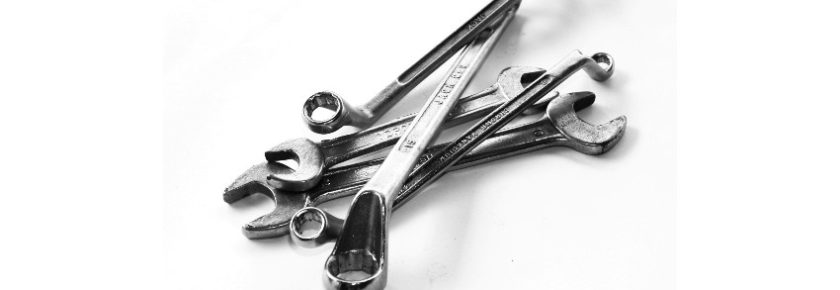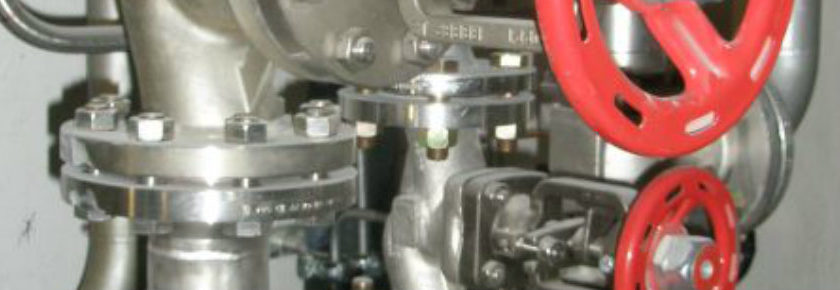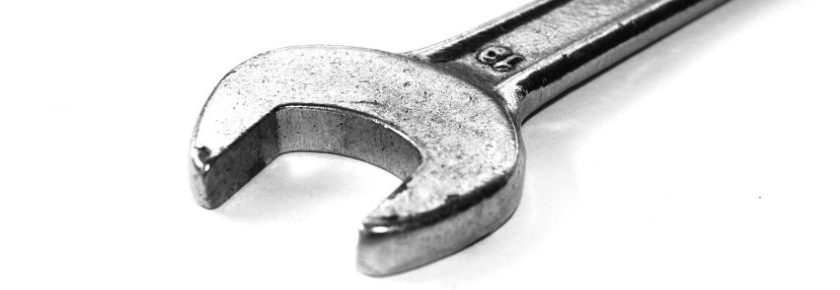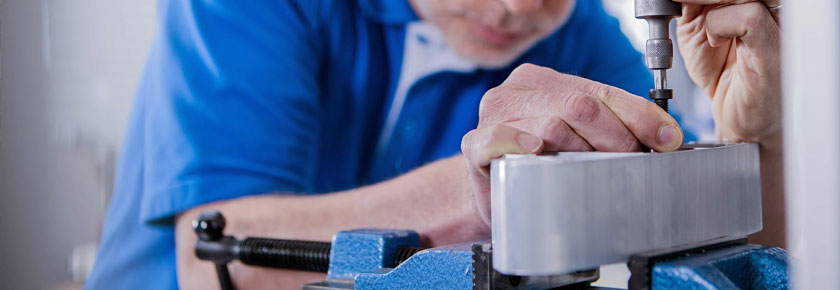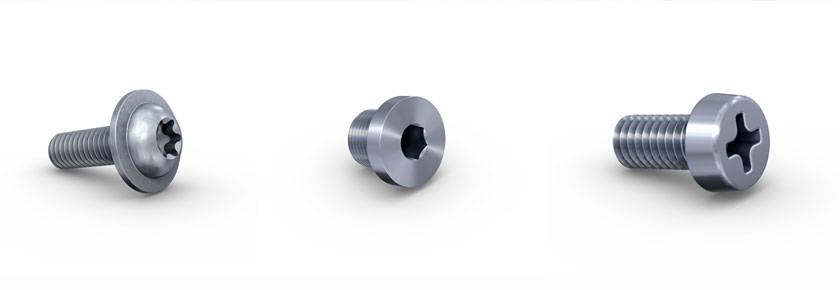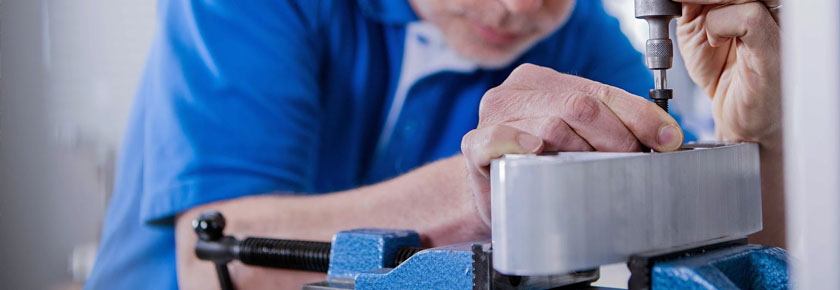Whenever two poorly lubricated metal surfaces come into contact, you have a strong chance of galling damage. Galling is a kind of cold-welding process in which two metals that are in contact with one another eventually adhere to one another. Galling is especially troublesome for titanium, aluminum, and stainless-steel fasteners.
A protective oxide layer provides some galling prevention, but the tighter the connection, the more likely the oxide layer will become damaged and enable galling to begin. The following is a closer look at common causes of thread galling on stainless fasteners.
Torque and Galling Effects
The coefficient of friction between stainless steel fasteners is higher than most other combinations, requiring more torque to achieve the proper clamp load. If a high clamp load is desired in stainless steel fastened joints, often galling will occur before enough clamp force is produced, which is not always clear to the assembler. Two things can occur, either we have a low pre-load, or the bolts will twist off.
High Temperatures and Galling Effects
Service conditions can cause additional challenges for stainless steel joints, for example, high temperatures and/or exposure to aggressive gasses which are prevalent in applications such as gas turbines or diesel engines. Thermal expansion can cause permanent distortion while heat and gasses can cause scaling on the surfaces making disassembly difficult during service or repair.
How to Counteract Galling
Lubrication added during assembly is one method of minimizing the galling effect of the threads in stainless steel joints. Molylub, with solid molybdenum disulphide particles or other solid film lubricants containing silver, aluminum, or copper may also be used. Lubricants containing graphite are not advised due to reactions between carbon and chromium at higher temperatures.
Teflon sealing tape may also be used for larger threaded components such as pipes and valves.
Pre-Applied Coatings
To avoid the mess of traditional lubrication, and the possibility of forgetting to apply it, a pre-applied lubricant may be the best option for galling prevention. Wax or similar topcoats may be applied with a dip-spin method or more advanced tribological coatings such as Bossard ecosyn®-lubric can be used. Tribological coatings are highly engineered to reduce wear and maintain consistent friction which helps to achieve a consistent joint pre-load.
Interested in learning more about galling and how to properly tighten stainless steel fasteners? Email us at ProvenProductivity@bossard.com to get in touch with a Bossard Engineer.
NEXT UP
20% productivity gain, 0 complaints
0 broken screws plus increased productivity thanks to solid material analysis

